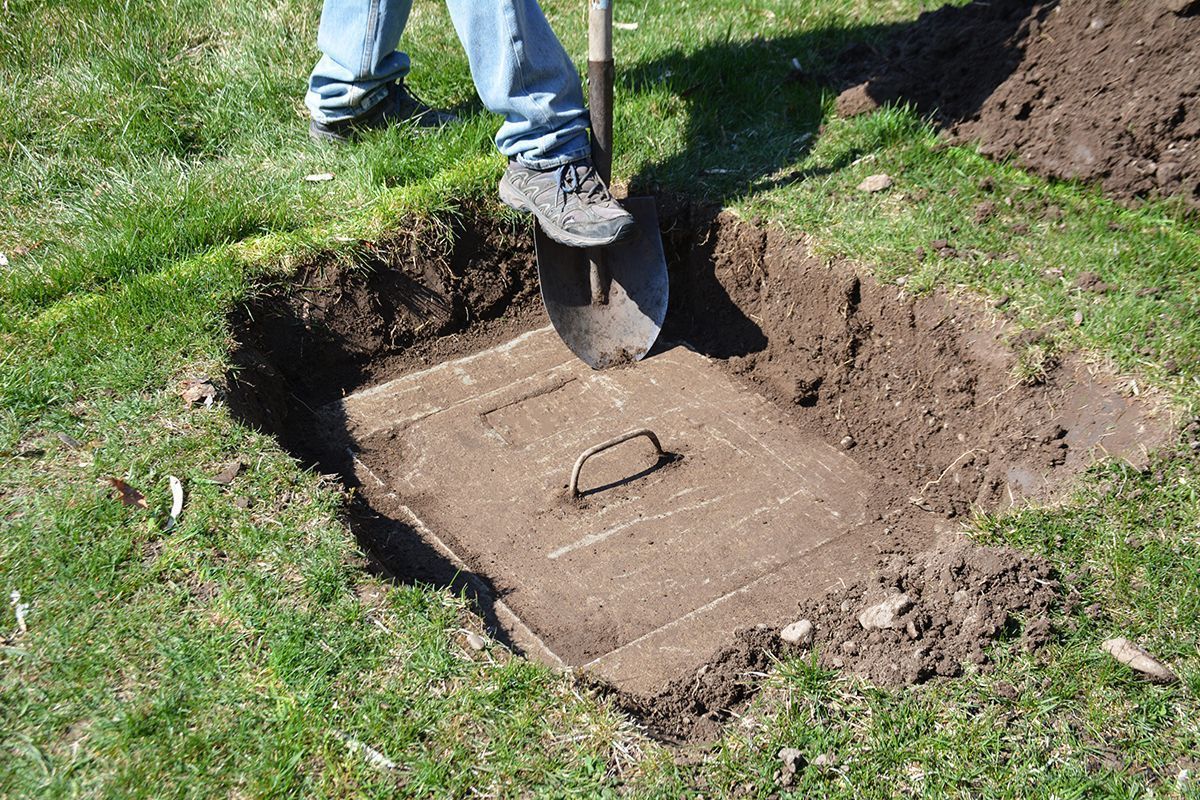Understanding the Commercial Septic System Design Process: What Businesses Need to Know
May 12, 2025

A well-designed commercial septic system is essential for businesses that lack access to municipal sewer services. Whether developing a new property or upgrading an existing system, understanding the design process helps prevent costly issues and ensures compliance with regulations. Proper planning is key to avoiding system failures, protecting the environment, and maintaining smooth operations.
Each step in the septic system design process plays a crucial role in long-term functionality. Factors such as wastewater volume, soil conditions, and local requirements influence the system's effectiveness. By working with experienced professionals, businesses can ensure their system meets operational needs while adhering to environmental standards.
Essential Steps in Commercial Septic System Design
1. Site Evaluation and Soil Testing
The first step in designing a commercial septic system is a detailed site evaluation. This includes assessing land conditions, water table levels, and drainage capabilities. Soil testing, specifically a percolation test, measures how quickly water absorbs into the ground, influencing system placement and type.
A poor site assessment can lead to system malfunctions, environmental contamination, and expensive modifications. Professionals analyze the property and recommend the best approach to ensure long-term wastewater management efficiency.
2. Determining System Capacity
Commercial septic systems must handle significantly higher wastewater volumes than residential systems. Engineers calculate the appropriate system size based on business type, water usage, and peak operational hours.
For example, a hotel or restaurant requires a larger system than a small office. An undersized system can cause backups and costly repairs, while an oversized system may lead to unnecessary expenses. Proper planning ensures the system can handle demand efficiently.
3. Selecting the Right Septic System Type
Different businesses require different septic systems based on site conditions and wastewater output. Common commercial septic system types include:
- Gravity Systems: Ideal for sites with proper soil drainage and sufficient land for a drain field.
- Pressure Distribution Systems: Used for properties with uneven terrain, ensuring wastewater disperses evenly.
- Aerobic Treatment Units (ATUs): Use oxygen to break down waste more effectively, making them ideal for high-usage businesses.
- Mound Systems: Designed for sites with poor soil drainage, using an elevated filtration system.
Choosing the right system ensures efficient wastewater treatment and long-term cost savings.
4. Regulatory Approvals and Permits
Commercial septic systems must comply with strict environmental and health regulations. Businesses must obtain permits and ensure system designs meet all local, state, and federal guidelines.
The approval process includes submitting site plans, soil test results, and environmental assessments. Failing to meet requirements can result in project delays, fines, or system redesigns. Working with professionals simplifies the permitting process and ensures compliance.
5. Installation and Ongoing Maintenance
Once the design is approved, professional installers handle excavation, tank placement, and drain field construction. Proper installation prevents leaks, soil contamination, and system inefficiencies.
After installation, businesses must implement a regular maintenance plan, including routine inspections, septic pumping, and system monitoring. Preventative maintenance extends system lifespan, minimizes unexpected repairs, and keeps operations running smoothly.
Work with Experienced Septic System Design Professionals
A well-planned septic system is essential for efficient wastewater management and long-term business success. At Environmental Design Group in Austin, TX, we bring over 55
years of combined experience in designing and installing commercial septic systems that meet regulatory standards and operational needs. Contact us today to discuss your septic system project with our expert team.





